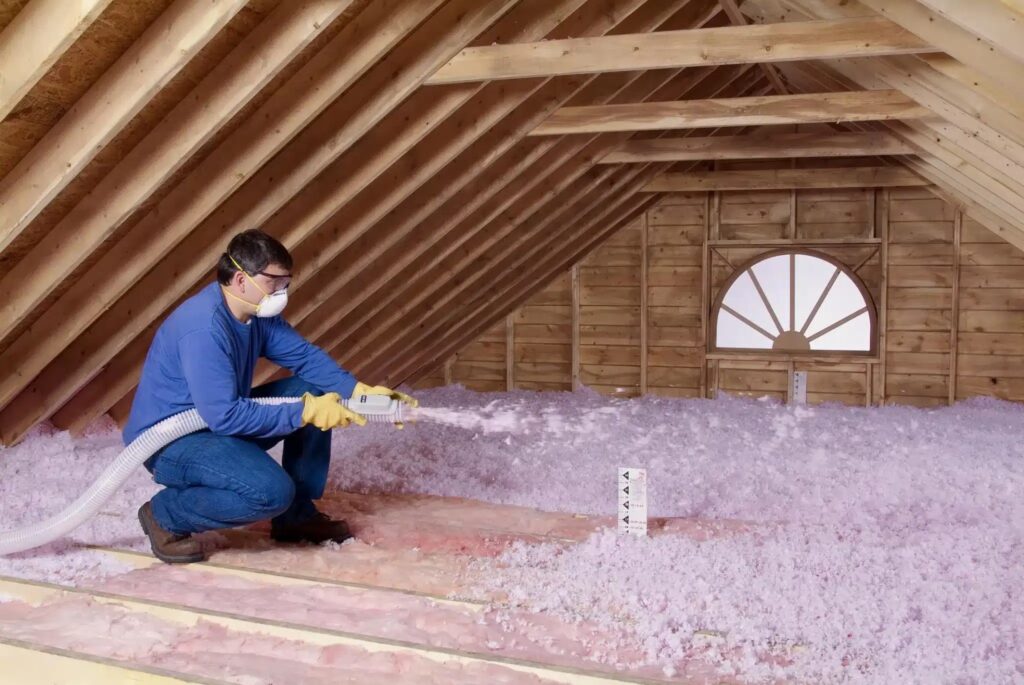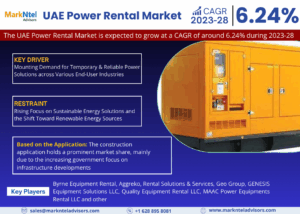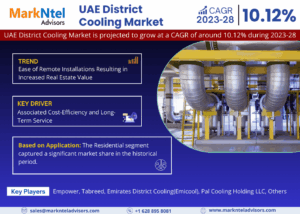Fiberglass blown-in insulation significantly boosts home value by enhancing energy efficiency, improving comfort, and increasing a property’s marketability. Upgraded insulation directly translates into lower energy bills, better indoor air quality, and a stronger resale profile. According to a 2025 Remodeling Impact Report from the National Association of Realtors, insulation upgrades recoup an average of 83% of project costs at resale, demonstrating clear financial advantages for homeowners.
This article provides a complete, structured guide on how fiberglass blown-in insulation impacts home value. Readers will find clear comparisons, technical specifications, market data, pre-decision factors, and expert FAQs — all formatted for straightforward understanding.
Why Fiberglass Blown-In Insulation Adds Value
Fiberglass blown-in insulation supports increased home value in multiple ways:
- Energy Savings: Homes with upgraded insulation report a 10–20% reduction in heating and cooling costs (U.S. Department of Energy, 2024).
- Greater Comfort: Insulation stabilizes indoor temperatures, eliminating uncomfortable drafts or cold spots.
- Buyer Appeal: Energy-efficient homes now rank among the top 3 most desired features for buyers (National Association of Home Builders survey, 2024).
- Structural Protection: Proper insulation prevents moisture buildup, extending the life of home components.
Key Advantages of Fiberglass Blown-In Insulation
| Feature | Advantage |
|---|---|
| Non-combustible | Boosts home fire resistance |
| High R-Value per inch | Enhances energy performance |
| Quick installation | Reduces project timelines and labor costs |
| Moisture-resistant | Decreases mold risk and structural damage |
| Eco-friendly options available | Appeals to sustainability-conscious buyers |
| Longevity | Lasts 30–50 years with minimal degradation |
Bonus Tip: Fiberglass blown-in insulation easily conforms around obstructions like pipes and wiring, ensuring complete coverage compared to batt systems.
Technical Specifications of Fiberglass Blown-In Insulation
| Property | Value/Range |
|---|---|
| R-Value per Inch | 2.2 – 2.7 |
| Fire Rating | Class A (highest fire-resistance) |
| Moisture Absorption | Minimal |
| Installed Thickness Range | 10–16 inches typical for attics |
| Noise Reduction Coefficient (NRC) | 0.50–0.65 (moderate soundproofing) |
| Expected Lifespan | 30–50 years |
| Material Composition | Recycled glass, silica sand, natural binders |

Comparing Insulation Types for Home Value Gains
| Insulation Type | R-Value per Inch | Moisture Resistance | Fire Resistance | Installation Time | Cost Impact | Long-Term ROI |
|---|---|---|---|---|---|---|
| Fiberglass Blown-In | 2.2 – 2.7 | High | High | Fast | Moderate | High |
| Cellulose Blown-In | 3.2 – 3.8 | Moderate (can absorb water) | Moderate | Moderate | Low | Medium |
| Spray Foam (Closed-Cell) | 6.0 – 7.0 | Excellent | High | Slow | High | Very High |
| Fiberglass Batts | 2.9 – 3.8 | Low | Moderate | Fast | Low | Medium |
Bonus Tip: If budget constraints exist, fiberglass blown-in insulation delivers the best balance of cost, performance, and installation speed for boosting resale value.
Things to Consider Before Making a Decision
Evaluate Current Home Efficiency
- Energy Usage Trends: Review utility bills for signs of inefficiency.
- Age of Existing Insulation: Insulation over 20 years old often underperforms.
- Home Comfort: Persistent temperature swings or drafts indicate gaps needing attention.
Assess Market Expectations
- Local Trends: In colder climates, buyers prioritize high R-values.
- Comparative Listings: Examine if nearby homes advertise energy-efficient features.
Budget and ROI Analysis
- Upfront Investment vs. Savings: Fiberglass blown-in insulation often pays for itself within 3–5 years via energy savings.
- Financing Options: Some utility companies and local governments offer rebates for insulation upgrades.

Common Questions About How Fiberglass Blown-In Insulation Boosts Home Value
How much does fiberglass blown-in insulation typically cost?
Average installation costs range from $1.00 to $1.50 per square foot, depending on regional labor rates and required R-values.
Does installing new insulation actually increase appraisal values?
Yes. Home appraisers factor in energy-efficiency upgrades when assigning market value, especially in competitive real estate markets.
Will fiberglass blown-in insulation reduce HVAC system wear?
Yes. Improved insulation reduces the strain on heating and cooling systems by stabilizing indoor temperatures, extending HVAC equipment lifespan.
Is it better to upgrade attic insulation or wall insulation first?
Attic insulation generally provides the fastest return on investment because of significant heat loss through the roof.
How disruptive is the installation process?
Minimal disruption occurs. Fiberglass blown-in systems typically require only 3–5 hours for complete attic upgrades, depending on the home’s size.
Real Market Data on Insulation Upgrades and Home Value
According to Remodeling Magazine’s 2024 Cost vs. Value Report:
- Insulation upgrades (primarily attic insulation) have a 74–83% cost recoup rate.
- Homes with energy-efficient features sold for an average of 2.7% more than comparable non-efficient properties.
- Listings advertising upgraded insulation spent 14% less time on the market compared to non-upgraded homes.
These data points reinforce insulation’s direct role in enhancing both sale price and saleability.
Fiberglass Blown-In Insulation Installation Overview
Preparation
- Inspect attic/walls for damage, air leaks, or existing moisture problems.
- Seal gaps around vents, pipes, and wiring.
- Plan appropriate R-value based on climate zone requirements.
Installation
- Professional installers use a blowing machine to evenly distribute insulation.
- Insulation is installed to uniform depth to avoid cold spots.
Post-Installation Check
- Measure settled depth to ensure minimum R-value compliance.
- Verify even coverage across all areas, especially corners and eaves.
Bonus Tip: Always insist on an R-value certificate post-installation to validate work quality during future property transactions.
How Fiberglass Blown-In Insulation Impacts Long-Term Home Maintenance
- Prevents Mold: Dry, well-insulated attics discourage mold growth.
- Protects Roof Structure: Consistent insulation prevents ice dams and shingle damage in winter climates.
- Reduces System Breakdowns: HVAC systems experience less cycling stress, lowering repair costs.
Proper insulation enhances not only resale value but also the daily durability and cost-effectiveness of homeownership.
Make the Right Decision
Upgrading to fiberglass blown-in insulation offers homeowners a smart pathway to increased property value, better indoor comfort, and long-term energy savings. It strengthens resale appeal, improves home efficiency, and protects structural integrity over decades. Before proceeding, homeowners should assess current conditions, understand their local market, and ensure professional, thorough installation to maximize return on investment.
Choosing fiberglass blown-in insulation is not just about immediate savings — it’s a long-term investment in higher property value, improved quality of life, and a sustainable future.






